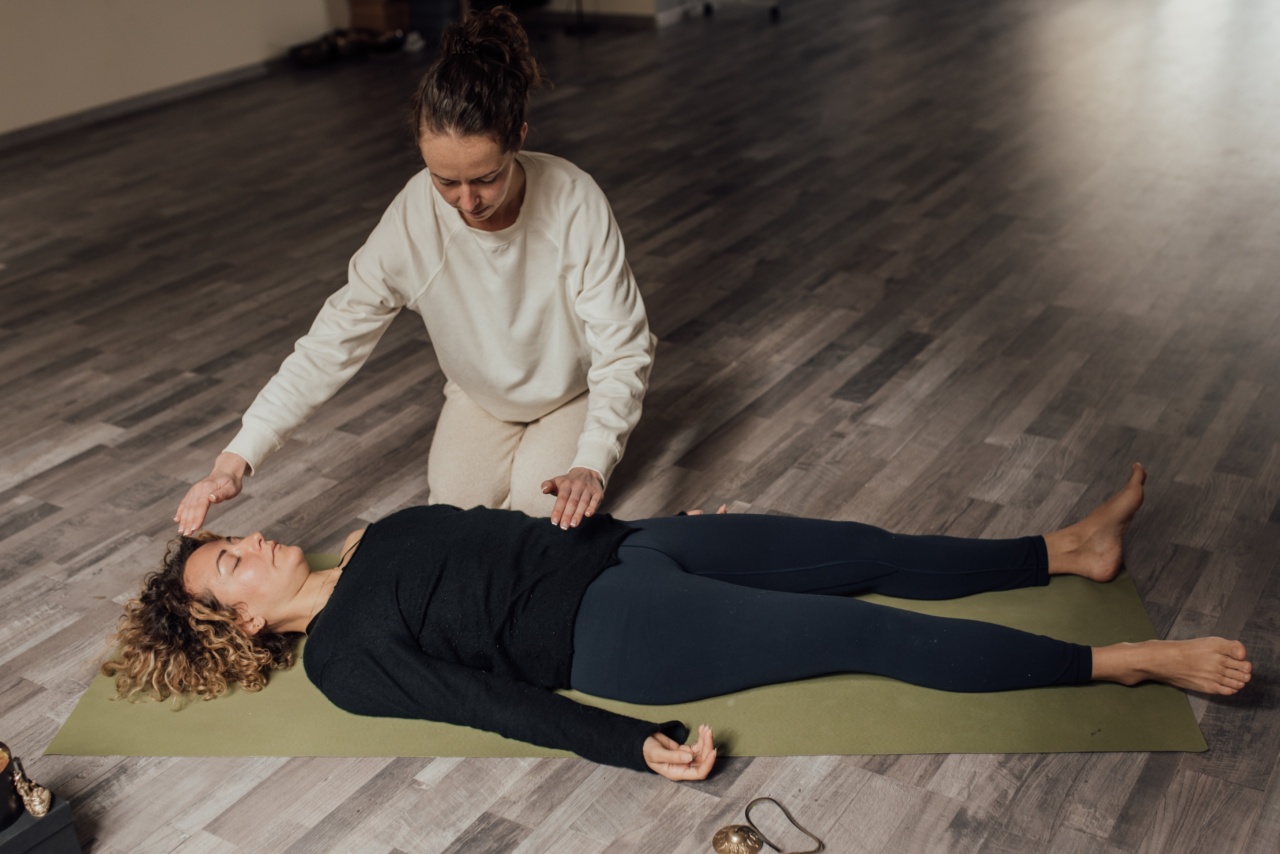Arthritis is a prevalent chronic condition that affects millions of people worldwide. It is characterized by inflammation and stiffness in the joints, leading to pain and limited mobility.
While there is no cure for arthritis, there are various treatments and therapies available to manage its symptoms.
What is Tai Chi?
Tai Chi is an ancient Chinese martial art that combines slow, flowing movements and deep breathing exercises. It originated as a form of self-defense but has evolved into a popular exercise practice renowned for its numerous health benefits.
What is Yoga?
Yoga is an ancient practice that originated in India thousands of years ago. It involves physical postures, breathing exercises, meditation, and deep relaxation. Yoga is widely recognized for its positive effects on both physical and mental health.
Tai Chi and Arthritis
Many studies have shown that Tai Chi can be beneficial for individuals with arthritis. The gentle, low-impact movements of Tai Chi help improve joint flexibility, reduce pain, and increase muscle strength.
The slow pace and rhythmic nature of Tai Chi also promote relaxation and stress reduction, which can further alleviate arthritis symptoms.
Yoga and Arthritis
Like Tai Chi, yoga has been found to have several benefits for arthritis patients. The combination of stretching, strengthening, and balancing poses in yoga helps increase joint mobility, reduce inflammation, and improve overall joint function.
Additionally, the mindful breathing and meditation aspects of yoga promote mental well-being and a better ability to cope with chronic pain.
Scientific Evidence
Multiple scientific studies have been conducted to investigate the effects of Tai Chi and yoga on arthritis.
One study published in the New England Journal of Medicine found that Tai Chi significantly improved pain and physical function in individuals with knee osteoarthritis. Similarly, a systematic review of various studies concluded that yoga had positive effects on pain, stiffness, and physical function in patients with rheumatoid arthritis.
Joint Flexibility
Tai Chi and certain yoga poses focus on gentle stretching and improving joint flexibility. Regular practice of these movements can help reduce stiffness, increase range of motion, and improve overall joint function.
Increased flexibility also aids in preventing further joint degeneration and improves daily activities.
Strengthening Muscles
Both Tai Chi and yoga involve weight-bearing exercises and controlled movements that help strengthen muscles surrounding the joints.
Stronger muscles provide better support to the joints, reduce stress on them, and help alleviate pain and discomfort associated with arthritis.
Pain Relief
Tai Chi and yoga have been shown to have analgesic effects, providing relief from arthritis pain. These practices stimulate the release of endorphins, commonly known as “feel-good” hormones, which act as natural painkillers.
The deep breathing techniques and meditative aspects of Tai Chi and yoga also help relax the body and mind, further reducing the perception of pain.
Improved Balance
Arthritis can often affect balance and stability, making individuals more susceptible to falls and injuries. Both Tai Chi and certain yoga poses focus on improving balance and proprioception, which is the body’s sense of its position in space.
By regularly practicing these exercises, individuals with arthritis can improve their balance and reduce the risk of falls.
Stress Reduction
Living with chronic pain can take a toll on mental health, leading to increased stress, anxiety, and depression. Both Tai Chi and yoga incorporate mindfulness and meditation practices that help calm the mind, improve mood, and reduce stress levels.
By reducing stress, individuals with arthritis can experience improved overall well-being and better management of their symptoms.
Adaptability
One of the great advantages of Tai Chi and yoga is their adaptability to individual needs and physical abilities. Both practices can be modified to accommodate various fitness levels, making them suitable for people of all ages and abilities.
This adaptability is particularly beneficial for arthritis patients, as they can tailor the exercises to their comfort and limitations.
Precautions and Tips
While Tai Chi and yoga can be highly beneficial for arthritis patients, it is essential to take some precautions and follow certain tips:.
1. Consult with a healthcare professional or a qualified instructor before starting Tai Chi or yoga.
2. Start with beginner-level classes and gradually progress as your fitness level improves.
3.
Listen to your body and avoid any movements or poses that cause pain or discomfort.
4. Use any necessary modifications to ensure safety and prevent joint strain.
5. Practice regularly but remember to take breaks and rest if needed.
6.
Combine Tai Chi or yoga with other treatments recommended by your healthcare provider for comprehensive arthritis management.
In Conclusion
Tai Chi and yoga offer holistic approaches to managing arthritis symptoms.
Both practices provide a range of physical and mental health benefits, including improved joint flexibility, strengthened muscles, pain relief, enhanced balance, stress reduction, and adaptability to individual needs. Incorporating Tai Chi or yoga into your regular routine, alongside proper medical care, can help ease arthritis symptoms and improve overall quality of life.





























